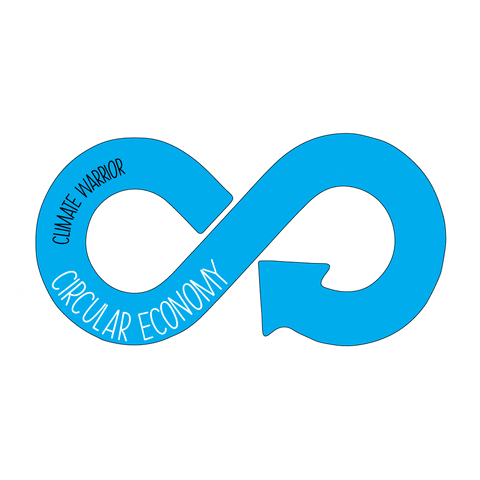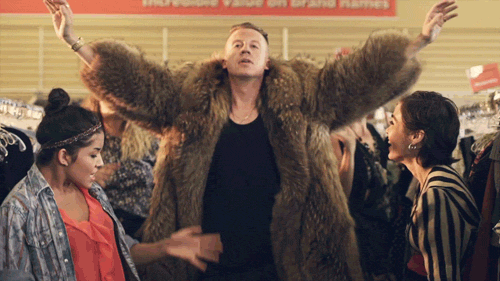
ecommerce ai
what is a circular economy in the ECommerce world?

Sustainability is a fashionable word these days. From Wal-Mart stores to the United Nations to your local blog, “sustainability” is a word much bandied about. As the consumer is being more aware of environmental and social factors that are affecting the world we call home, the more sustainability is a requirement from consumers when it comes to shopping online for them.
At Delvify, have looked at sustainability in our practices and for our customers in a serious manner. We tried to identify all the different measures and certifications to understand more about sustainability. There were so many certifications, accreditations, voluntary standards and model codes of conduct that seek to address all or some of the issues relevant to the clothing, footwear and accessory industries…we gave up at 33. However, we found some really good information along our journey of discovery and share some of the insight here and some in a future blog about these standards and codes.
Circular economy? what's that?
Let’s start with a definition of what a “Circular Economy” means to us. The Ellen MacArthur Foundation defines a Circular Economy as any economy based on the principles of designing out waste and pollution, keeping products and materials in use, and regenerating natural systems. These principals are important to consumers and almost all will express their preference for these type values in their purchasing decisions.
Brands that sync with these values should enjoy better loyalty although it’s not easy because consumers are sending mixed messages. The pandemic of the past year has put a damper on the in-store experience whilst online shopping has been on fire. Last year, a mid-sized retailer like Sylvia Jeffery might have sold 40,000 items a week while a giant like H&M would have sold well over 40,000,000 a week. The pressure from fast fashion purchases is a strong signal to companies to produce more.

what do consumers want?
At the start of the pandemic, consumers were stuck at home and had minimal liberty to go out and shop. This is where the world of online shopping came in and made a spectacular entrance. Very quickly, consumers started to shop online and found a wide variety of eCommerce platforms to choose from that will cater to their every need. With their online buying behavior, it was very easy to fall into the trap of impulse buying due to the convenience of the products arriving at your doorstep with just a click.

However as time went on, consumers became more and more aware of what all the impulse buying and all the returning of products meant for the environment: carbon footprint increase. Apart from that, the packaging that eCommerce businesses provide for their products become waste and further contributes to the negative environmental factors. This led to consumers actively searching for brands that embody their personal sustainability values. Then what about the brands?
are brands doing anything?
With the rise in online shopping, carbon footprints increase and packaging that ends up in landfill piles up. Less wasteful packaging and use of recyclable and pick-up-in-store products can help and is an easy “win” for many companies. Some companies are more proactive, some eCommerce paltforms are getting involved with second-hand (vintage) and reselling of clothes. Leaders in this field include companies like Vestiaire Collective, Farfetch and Depop.
This is not all that companies can do though. ECommerce presents both challenges, such as increases in waste but also opportunities such as greater possible efficiencies. Efficiency in production and in retail is a process that is as old as business. Efficiency leads to greater profit margins and lower costs to consumers. And every single online store has efficiencies hidden in the data generated ever by their consumers.

Platforms such as Zalando offer consumers the ability to filter their own personal sustainable values while purchasing. Want to buy a brand like Levi’s because they are reducing water usage? Those choices can be made more explicit in any retail online shop, allowing consumers to use their own purchasing power to boost the more sustainable brands. Tools like Delvify’s Visual AI and Recommendation tool is one-way retailers can boost sustainable brands. By activating a sustainable filter in our online recommendation platform, sustainable products can be boosted to the top of the recommended list of products with specific sustainable labels can be featured more prominently. A simple nudge can help meet goals.
There are so many factors that can make a brand more sustainable and brands have to showcase that they are making those sustainable efforts too. These efforts could be finding ways to boost dead stock, sometimes called reclaimed fabric in the supply chain or showing the end-to-end supply chain process. Despite the simple ideas posted above, some eCommerce businesses aren’t doing enough to reduce our impact on the planet. Thinking about being part of a more circular economy is important, but we cannot ignore the action needed to help our planet. So let’s start today and be part of a difference for our home!
Get in touch with our team today if your brand would like to see how Delvify’s Visual AI solutions can support you with your brand’s sustainability goals.
Subscribe for latest updates
Want to keep updated on the latest happenings in AI and Programmatic? Subscribe to our updates and stay in the loop

